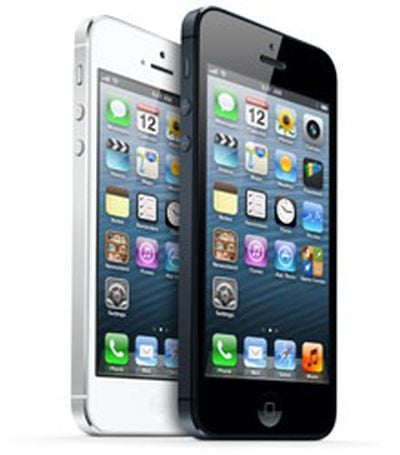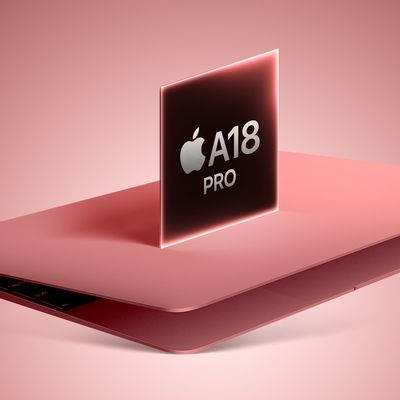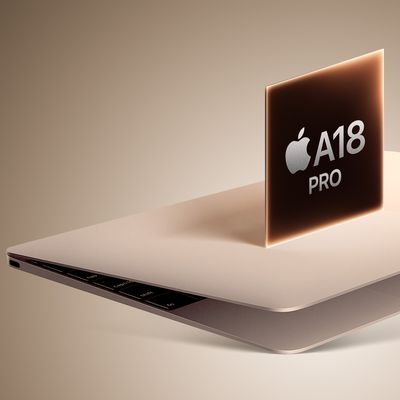Microsoft Offers Workarounds for iOS 6.1 Exchange Bug
 iOS 6.1, which was released two weeks ago, brought with it a handful of serious bugs. The first bug, which affected 3G performance on the iPhone 4S was fixed yesterday, following Apple's release of 6.1.1 for the iPhone 4S.
iOS 6.1, which was released two weeks ago, brought with it a handful of serious bugs. The first bug, which affected 3G performance on the iPhone 4S was fixed yesterday, following Apple's release of 6.1.1 for the iPhone 4S.
The second bug involved an error that caused iOS devices running 6.1 to continuously loop when synchronizing a recurring calendar meeting invitation on Microsoft Exchange. This error, which causes excessive memory consumption, was not fixed with yesterday's 6.1.1 update.
As noted by 9to5Mac Microsoft has published an official support document offering workarounds for the error.
Microsoft offers up several fixes, including the recommendation not to process Calendar items like meeting requests on iOS 6.1 devices. The company also recommends immediately restarting the devices and renewing the device partnership to halt the continuous looping access.
Devices using iOS 6.1 should be blocked or throttled, says Microsoft, in order to reduce the effect on server resources.
While none of these options are true fixes, Microsoft mentions that it is working with Apple to investigate the issue and suggests customers open an Enterprise Support case with Apple, via Enterprise agreement or a pay-per-incident case report.
Popular Stories
Apple is not expected to release a standard iPhone 18 model this year, according to a growing number of reports that suggest the company is planning a significant change to its long-standing annual iPhone launch cycle.
Despite the immense success of the iPhone 17 in 2025, the iPhone 18 is not expected to arrive until the spring of 2027, leaving the iPhone 17 in the lineup as the latest...
Language learning app Duolingo has apparently been using the iPhone's Live Activity feature to display ads on the Lock Screen and the Dynamic Island, which violates Apple's design guidelines.
According to multiple reports on Reddit, the Duolingo app has been displaying an ad for a "Super offer," which is Duolingo's paid subscription option.
Apple's guidelines for Live Activity state that...
Apple is planning to release a low-cost MacBook in 2026, which will apparently compete with more affordable Chromebooks and Windows PCs. Apple's most affordable Mac right now is the $999 MacBook Air, and the upcoming low-cost MacBook is expected to be cheaper. Here's what we know about the low-cost MacBook so far.
Size
Rumors suggest the low-cost MacBook will have a display that's around 13 ...
Govee today introduced three new HomeKit-compatible lighting products, including the Govee Floor Lamp 3, the Govee Ceiling Light Ultra, and the Govee Sky Ceiling Light.
The Govee Floor Lamp 3 is the successor to the Floor Lamp 2, and it offers Matter integration with the option to connect to HomeKit. The Floor Lamp 3 offers an upgraded LuminBlend+ lighting system that can reproduce 281...
Belkin today announced a range of new charging and connectivity accessories at CES 2026, expanding its portfolio of products aimed at Apple device users.
UltraCharge Pro Power Bank 10K with Magnetic Ring
The lineup includes new Qi2 and Qi2.2 wireless chargers, magnetic power banks, a high-capacity laptop battery, and USB-C productivity accessories, with an emphasis on higher charging...
Now that the calendar has flipped over into January, steep discounts on popular Apple products have become more rare after the holidays. However, if you didn't get a new pair of AirPods recently and are looking for a model on sale, Amazon does have a few solid second-best prices this week.
Note: MacRumors is an affiliate partner with some of these vendors. When you click a link and make a...
Apple plans to introduce a 12.9-inch MacBook in spring 2026, according to TrendForce.
In a press release this week, the Taiwanese research firm said this MacBook will be aimed at the entry-level to mid-range market, with "competitive pricing."
TrendForce did not share any further details about this MacBook, but the information that it shared lines up with several rumors about a more...
The company behind the BlackBerry-like Clicks Keyboard accessory for the iPhone today unveiled a new Android 16 smartphone called the Clicks Communicator.
The purpose-built device is designed to be used as a second phone alongside your iPhone, with the intended focus being communication over content consumption. It runs a custom Android launcher that offers a curated selection of messaging...
 iOS 6.1, which was released two weeks ago, brought with it a handful of serious bugs. The first bug, which affected 3G performance on the iPhone 4S was fixed yesterday, following Apple's release of 6.1.1 for the iPhone 4S.
iOS 6.1, which was released two weeks ago, brought with it a handful of serious bugs. The first bug, which affected 3G performance on the iPhone 4S was fixed yesterday, following Apple's release of 6.1.1 for the iPhone 4S.






















